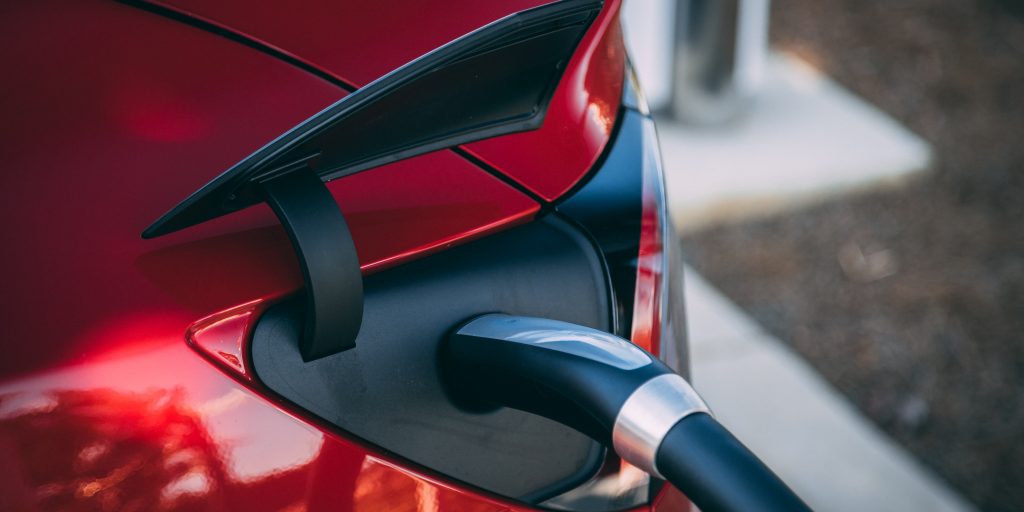Smart cities need a connectivity upgrade
If a smart city is one that puts data and digital technology to work to make better decisions and improve the quality of life of its inhabitants, then the ease, speed and security with which that data can be accessed and processed is paramount. Connectivity among these digital systems is key, which means that smart cities will depend on a secure, ubiquitous cellular network to power their crucial subsystems.
The advantages of cellular IoT include cellular footprint, cellular security and reliability, and low power consumption and associated low cost—making it the perfect connectivity solution for these three elements of a smart city.
Air quality monitoring
According to the World Health Organization (WHO), ambient air pollution accounts for 4.2 million premature deaths every year. Cities and industries have grappled with poor air quality for decades, and the lack of an affordable and scalable monitoring solution is a leading hindrance.
The Environmental Protection Agency (EPA) defines ambient air monitoring as the systematic, long-term assessment of pollutant levels by measuring the quantity and types of certain pollutants in the surrounding, outdoor air. The air quality monitoring market is growing with several solutions providing much-needed insight into and analysis of the air we breathe.
One example, Berkeley, Calif.-based Clarity, tackles the air-pollution crisis using next-generation IoT sending and data analytic technologies. Its solution provides real-time, hyper-local air quality data that supplements existing regulatory monitors to eliminate blind spots and empower cities and communities to take more effective action.
To deliver and operate Clarity products internationally—at times in remote locations, incorporating cellular IoT connectivity for growth—led Clarity to select cellular for three reasons:
• Cellular networks are ubiquitous, mature and reliable.
• There is no other network technology with the same reach.
• SIM-based authentication and utilization of VPN tunnels makes cellular the most secure option.
The characteristics of cellular connectivity—large coverage areas, remote management, private networks and robust security options, to name just a few—mean air quality management is now more accessible, cost-effective and actionable than ever before.
Micromobility
On the road to carbon-neutral cities of the future, efficient and sustainable urban mobility has a vital role to play. However, network coverage, quality and reliability issues can prevent customers from connecting to scooters, resulting in missed trips. Delivering an affordable, safe and environmentally friendly mode of transport therefore requires a reliable connectivity option.
ZEUS, the world’s first three-wheeled electric scooter for the urban mobility sharing market, recognized it would gain better control and traceability with a solid cellular IoT solution. A reliable connectivity solution means connectivity issues are eliminated, and any downtime, though minimal, becomes explainable—crucial for sustainable customer satisfaction as the company grows its fleet.
Cellular connectivity is integral to many urban scooter businesses to operate the vehicles from afar and collect vital data points like origins and destinations, alongside the duration and distance of the trip. Especially when it comes to tracking, availability, and network coverage, cellular connectivity is the tool of choice. For ZEUS, cellular enabled:
1. Consistent network coverage. Every used and unused scooter must be able to maintain a constant data connection over several kilometers.
2. Tracking and real-time diagnostics. With a functioning, optimally connected tracking system, an operator can always control and keep track of its fleet; precisely locating each scooter and identifying which are in use, which are available, which have been parked for a long time etc. Empowered with insights like these, ZEUS can optimize its device positioning, for example, by deciding to move a scooter to a more central location to drive usage and revenue.
3. Reliability and redundancy. Urban environments are challenging to network, something cellular carriers continually seek to address. Emobility solutions need granular network coverage and high availability. Multi-network connectivity and redundancy bring improved coverage and failover capability, enabling maximum scooter availability. Additionally, the ride data produced by shared scooter services can be fed into wider smart city initiatives, supporting “big data” projects that help to improve transportation across metropolitan areas, even for people who may never use a scooter themselves.
EV charging
Quality connectivity is the key to achieving a commercial edge in the EV charging market. With IoT technology, EV charging stations are more efficient and convenient not only for drivers but also for service workers. Accelerating electric mobility adoption means removing the hurdles of owning an electric vehicle. Ev.Energy, for example, develops smart charging-management software that optimizes charge schedules based on drivers’ energy tariffs and the estimated carbon intensity of the grid. By shifting charging to off-peak times, the energy cost and carbon footprint of each charging session can be minimized. For such an application to work well, it needs a robust IoT communication solution that works globally and securely integrates into its software. Cellular IoT offers several specific benefits to EV-charging solutions.
1. Reliability and futureproofing. IoT technologies are constantly changing, and companies and organizations cannot afford to be locked into out-of-date solutions, which is why a network infrastructure must consider ever-increasing data loads, new device types, constant updates, and a variety of unplanned events.
2. Usage-based pricing. The dynamic nature of smart devices and their applications require flexible pricing structures. Usage-based pricing is the best approach if device data usage significantly fluctuates from month to month.
3. A reliable and secure network. To best way to ensure a robust security architecture is to establish a secure, private network between chargers and the software application without using the public internet. That way, all communication remains invisible from the outside world to prevent false, unwanted control signals to the chargers.
Build back better—and make sure secure IoT connectivity is part of the build
What’s the foundational element for these smart city (and many other) network-powered economic drivers? A secure and functional cellular IoT network is crucial. As Congress considers the pending infrastructure bill, it should allocate funding for network improvements to provide the necessary communications infrastructure. America should invest in the latest connectivity and IoT technologies because smart meters and modern charging stations (along with a vast array of other IoT devices) will need secure, ‘anytime, anywhere’ connectivity.
To support the millions of new IoT (and IIoT) sensors and other endpoints, new cloud platforms are emerging, dedicated to the task of transforming cellular IoT into a cloud resource where a range of services are available, including data analytics, identity management, lifecycle management, and edge computing. Investing in IoT infrastructure is a safe bet—it’s what enables smart grid, EVs, smart cities, connected health, smart wearables, industrial IoT, and the many other revolutionary developments that are reshaping the world today by making it more connected. Incidentally, it’s no coincidence that these are all growth markets that will drive valuable jobs.
Frank Stoecker is CEO and co-founder of EMnify. A successful serial entrepreneur and recognized telecoms expert for more than 15 years, Stoecker anticipated early that the new wave of connected services demanded new concepts to simplify connectivity on a global scale. Prior to co-founding EMnify, Stoecker held leadership positions at MACH and Syniverse.




















